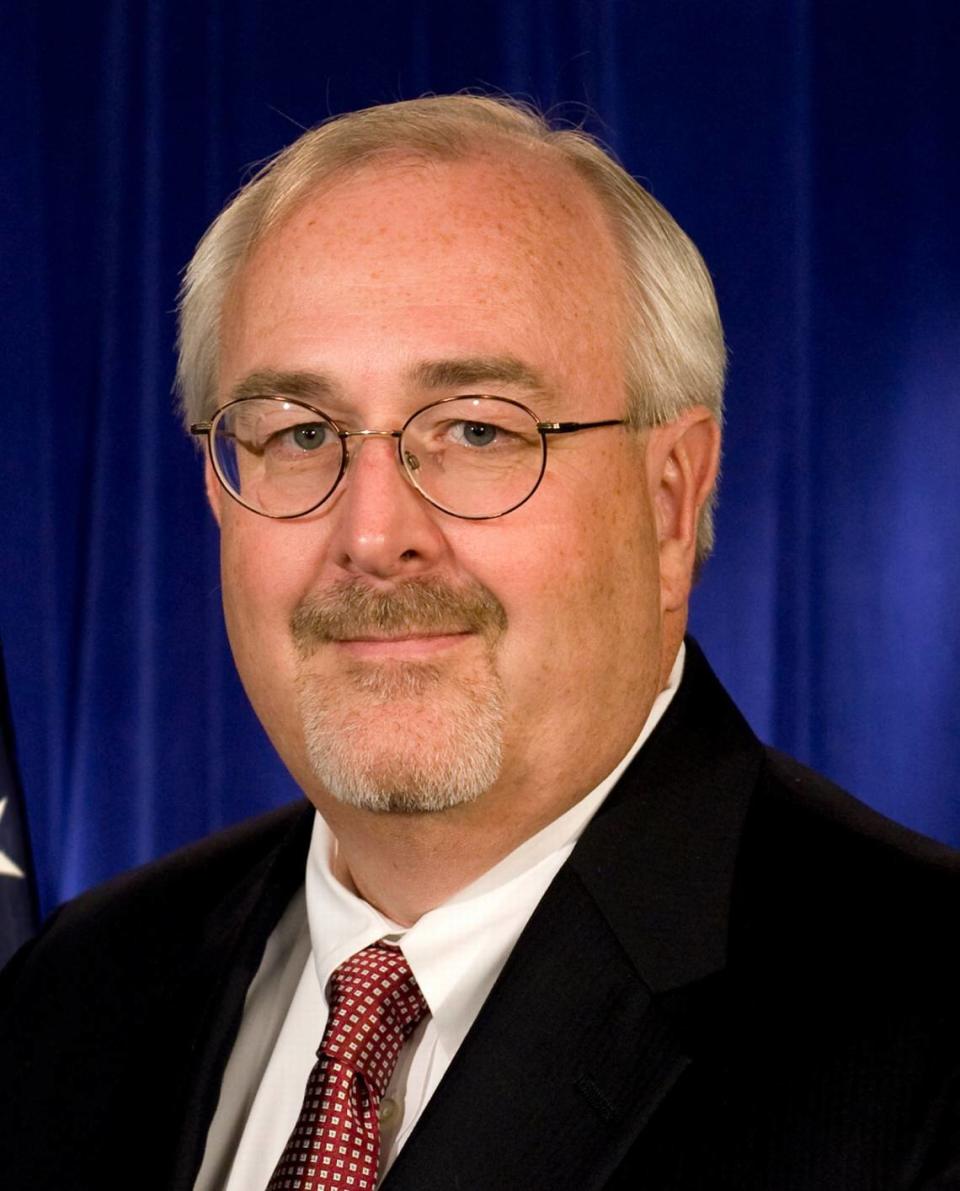Former FEMA director: Hurricane risk in NC is growing. Don’t make it worse, Gov. Cooper. | Opinion
- Oops!Something went wrong.Please try again later.
The storms are coming — but we’re not ready.
For the first time in historical record, two named tropical storms formed last month in the Atlantic Ocean between Africa and the Caribbean, with more lined up behind. One month into hurricane season, temperatures in the Atlantic are warmer, guaranteeing that tropical storms will become stronger and last longer as they grow into powerful hurricanes headed toward the East Coast.
One of the most powerful tools we have to protect our homes and businesses from the destructive power of these storms are modern building codes.
Resilient codes can provide up to $32 in savings for every $1 invested through hurricane risk mitigation for homes built along the coast. But unfortunately, North Carolina is falling years behind.

Building codes are updated every three years to keep pace with advancements in building science, best practices, and lessons learned from natural and man-made hazards. In addition to incorporating new cost-saving technology and methods, up-to-date codes require protections against windborne debris and elevation of critical systems from flooding.
Codes determine how long residents can safely shelter in place during weather-induced power outages and intense heat or cold. That’s why most states that face extreme weather update their codes with regularity.
As the top emergency manager for the Florida Division of Emergency Management under a Republican governor and the Federal Emergency Management Agency (FEMA) under a Democratic president, I know that hazards do not care about political affiliations, and I saw firsthand the difference between preservation and destruction.
I remember accompanying President George W. Bush and Gov. Jeb Bush on a tour of Florida in 2004. The president asked the governor why one home was so badly damaged, while the one next to it — which was even more exposed — had only sustained minimal damage. The governor answered, “Building codes.”
North Carolina’s legislature recently passed House Bill 488. Among several provisions detrimental to public safety, the legislation actually prohibits safety officials from inspecting building systems that protect against high winds and water intrusion and sets the stage for the state to freeze all or significant parts of its 2015-era residential building code until 2031. This will bring consequences for homeowners and businesses.
The total life-cycle cost of home ownership is greatly reduced when a strong code is in place. While resilient codes reduce both private market and federally subsidized insurance, the opposite is true of outdated and weakened codes.
After a natural disaster, weaker building codes often result in more deaths, injuries, property damage and emergency response costs, as well as more families being displaced and businesses closed for longer periods of time, preventing children returning to schools, people from returning to work and communities returning to normal.
Also at risk is the state’s access to FEMA mitigation and disaster recovery assistance, as the agency offers increased funding for communities that prioritize community resiliency through the adoption and effective implementation of up-to-date codes.
When I headed FEMA, I enacted a policy that required any FEMA-funded public infrastructure repairs post-disaster adhere to current codes regardless of the code requirements locally. We were not going to waste taxpayer dollars on rebuilds to outdated standards only to have to rebuild those same structures after the next disaster.
Next year, in a state facing worsening hurricane and flood risk, N.C. residents will be forced to pay new home prices for a home built to decade-old standards. If HB 488 is enacted, those standards could remain unchanged past 2030.
I urge Gov. Roy Cooper to veto HB 488 and protect North Carolina.
Craig Fugate was FEMA director from May 2009 to January 2017 and Florida’s Emergency Management Director from 2001-2009.

